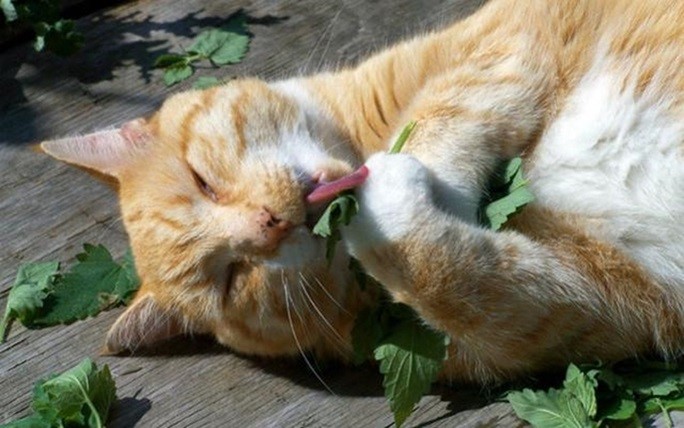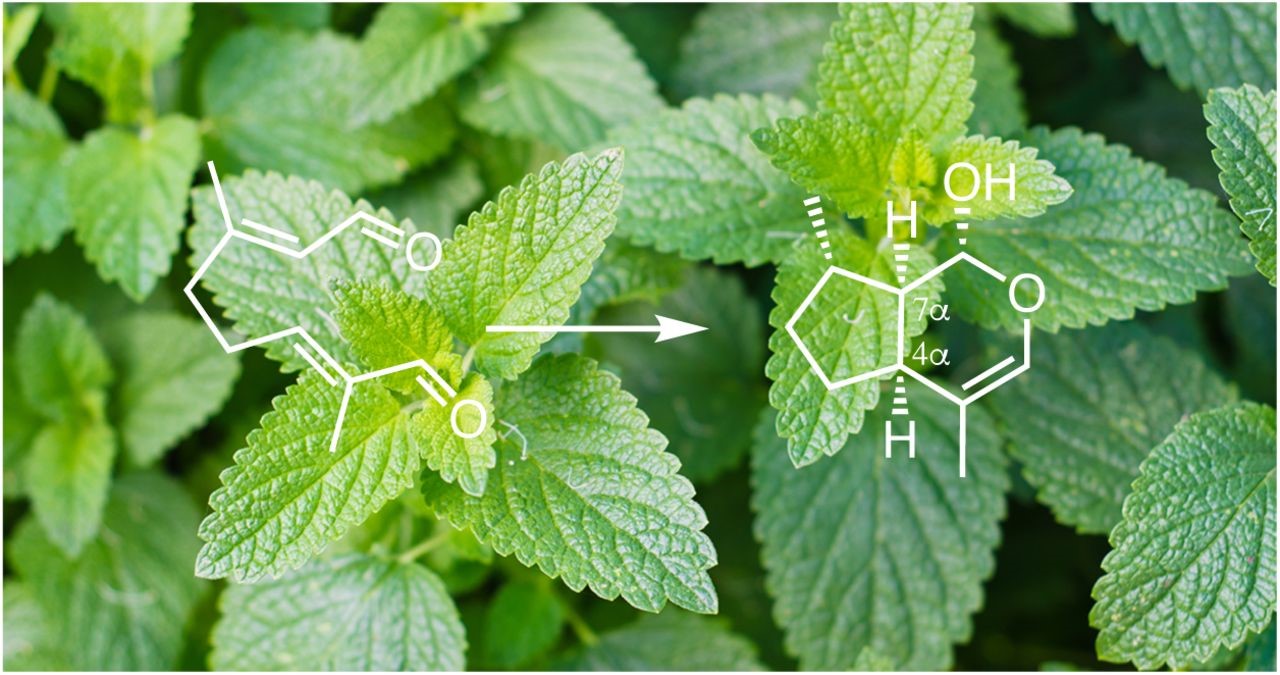In the following terms, the "user" is the individual or unit that points to the day the United States (China) web site to apply for registration as a member.
Users agree that the terms of this online registration effect as if the user personally signed, stamped written terms, the user is legally binding. Only users fully agree with all the terms of the service and complete the registration process, in order to become the official member of the United States (China) website. Since the date of the registration of the success of the user registration in the user and the day of the United States (China) between the legal effect.
Article 1 provides personal information
1-1 promises and guarantees that they are natural persons, legal persons, entities and organizations with full capacity for civil conduct and full capacity for civil rights. This user is guaranteed to fill in the user information is true, accurate, complete, timely, and there is no any misleading or false statements and to ensure that the days of the United States (China) can through the user fill in contact and contact the user.
1-2 users promise to update their user information in a timely manner to maintain the effectiveness of the information.
1-3 if the information or information provided by the user contains incorrect or untrue information, the day the United States (China) reserves the right to cancel the membership of the user and to provide service to the user at any time.
Second mail notification
Users fully understand, the days of the United States (China) will be through email and registered members maintain contact and communication, this user to days of the United States (China) by e-mail to send including membership information, days beauty products (China) and service information, including commercial and non commercial contact information.
Third member identification
3-1 user registration will be a user name and password, the user with a user name and password to enjoy the day the United States (China) to its members to provide users with products and services.
3-2 users will be responsible for the security of the user name and password, and the user is responsible for all activities and events held by its user name. The user can change the password at any time
3-3 users if any illegal use of user accounts or security loopholes in the situation, please immediately notice the day the United States (China).
The fourth amendment to amend the terms of service and service system
The day the United States (Chinese) have the right to modify the terms of service when necessary, the day the United States (Chinese) once the terms of service changes, will prompt changes in important page. If you do not agree with the content of the changes, the user can cancel the access to the network service. If users continue to use the day (China) network service, is deemed to have accepted the terms of service.
The rights and obligations of the fifth users
5-1 users have the right to use your username and password to log on the day the United States (China) website access to needed resources.
5-2 users are guaranteed not to use technology or other means of destruction and disrupt the day the United States (Chinese) website.
5-3 users should respect the day the United States (China) and other third party intellectual property rights, and to ensure that the event day (Chinese) try to protect the beauty and its partners from the event affected or loss; (Chinese) day U.S. invasion day beauty (user retention Chinese) website intellectual property rights to stop providing services to the user's rights.
The sixth day the United States (China) the rights and obligations
6-1 (Chinese) day beauty promised to take foreign security measures of user data, not to disclose user information to third parties, not authorized third party to use the user data, unless:
6-1-1 according to the laws and regulations should be provided;
6-1-2 administrative and judicial authorities (China) provide day beauty requirements;
6-1-3 users agree that day the United States provided to third parties (Chinese);
6-1-4 days the United States each molecular companies and agents need to use the user's personal information.
6-2 days of the United States (China) has the right to review the user and decide whether to accept the user to become a member of the United States (China).
6-3 days of the United States (China) retained in user in violation of national and local laws and regulations or in violation of this online registration provisions terminate provides services for users and the termination of the rights of the user account, and in any case, days beauty (China) for any direct, indirect, incidental, special special and consequential damage not negative responsibility.
Seventh termination of service
7-1 users have the right to apply for termination of their membership at any time.
7-2 users in violation of state, local laws and regulations or in violation of the provisions of this online registration, the day of the United States (China) in advance to inform the user after the termination of service.
Eighth dispute resolution and legal application
8-1 all disputes arising from the provision of this service shall be settled through friendly consultations between the parties. If the negotiation fails, the parties agree to the day of the United States (China) mainly engaged in the people's court.
8-2 the validity, interpretation, execution and settlement of the terms of the registration shall be applicable to the laws and regulations of the people's Republic of China, and the standards of the computer and Internet industry.
Ninth force majeure
9-1 the party shall not be liable for the performance of the terms and conditions of force majeure or of any other unexpected events, which shall not be liable to be subjected to force majeure or accident.
9-2 resistance, the accident is that can not be foreseen, couldn't overcome and cannot be avoided and cause a significant impact on the objective events of one party or both parties, including, but not limited to, natural disasters such as flood, earthquake, plague and storms and other and social events such as war, moving and chaotic, and government behavior.
9-3 users agreed to in view of the particularity of the Internet, hackers, Internet connectivity disruption or system failure, belong to force majeure, the losses thus caused to the user or the third party not by day of the United States (China) undertake.
Once again, the user to ensure that it has been fully read and understand the above member registration terms and voluntarily officially entered the techcomp (China) member online registration process.





 Techcomp headquarters
Techcomp headquarters  Techcomp regional offices
Techcomp regional offices  Manufacturing, design and R&D facilities
Manufacturing, design and R&D facilities


 2606, 26/F., Tower 1, Ever Gain Plaza, 88 Container Port Road, Kwai Chung, N.T., Hong Kong
2606, 26/F., Tower 1, Ever Gain Plaza, 88 Container Port Road, Kwai Chung, N.T., Hong Kong +852-27519488 / WhatsApp/WeChat HK: +852-8491 7250
+852-27519488 / WhatsApp/WeChat HK: +852-8491 7250 techcomp@techcomp.com.hk
techcomp@techcomp.com.hk
 Sweep The Concern Us
Sweep The Concern Us